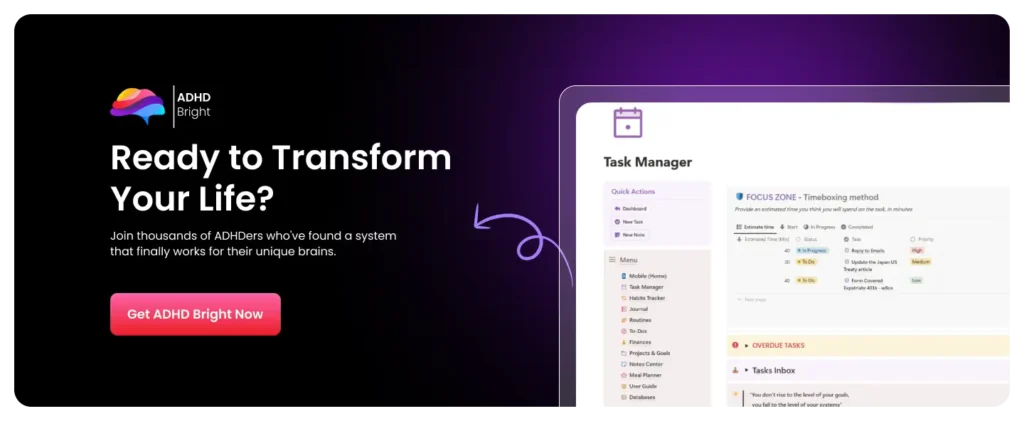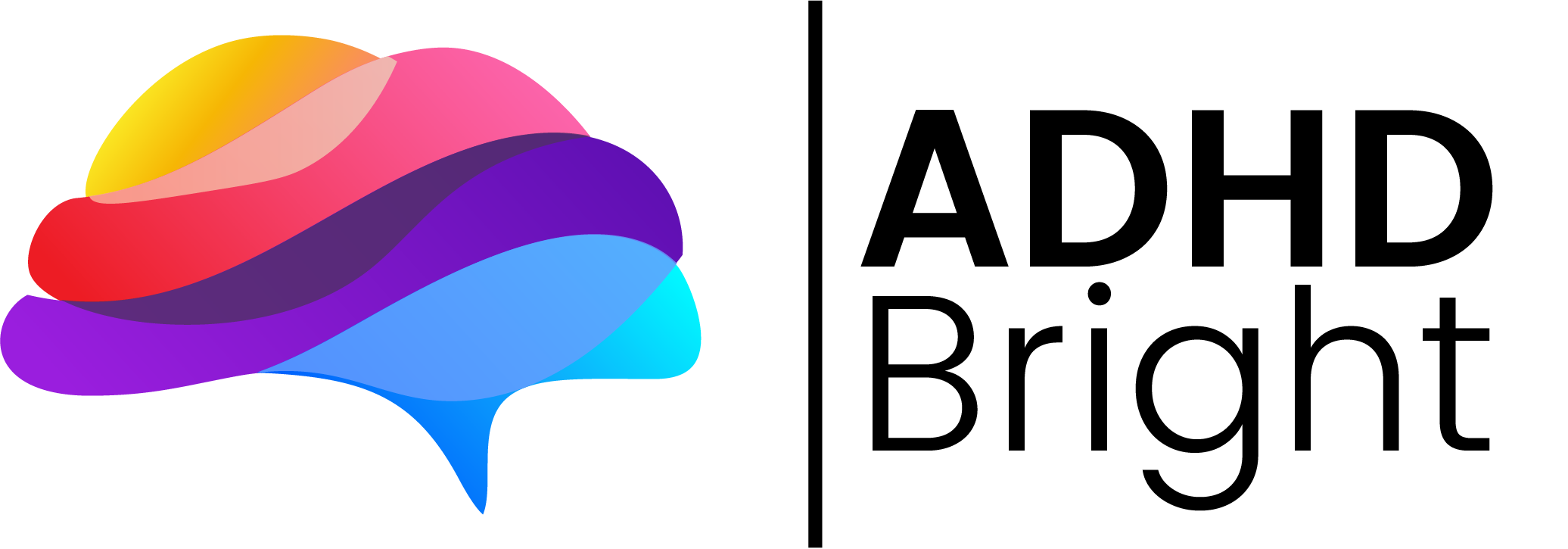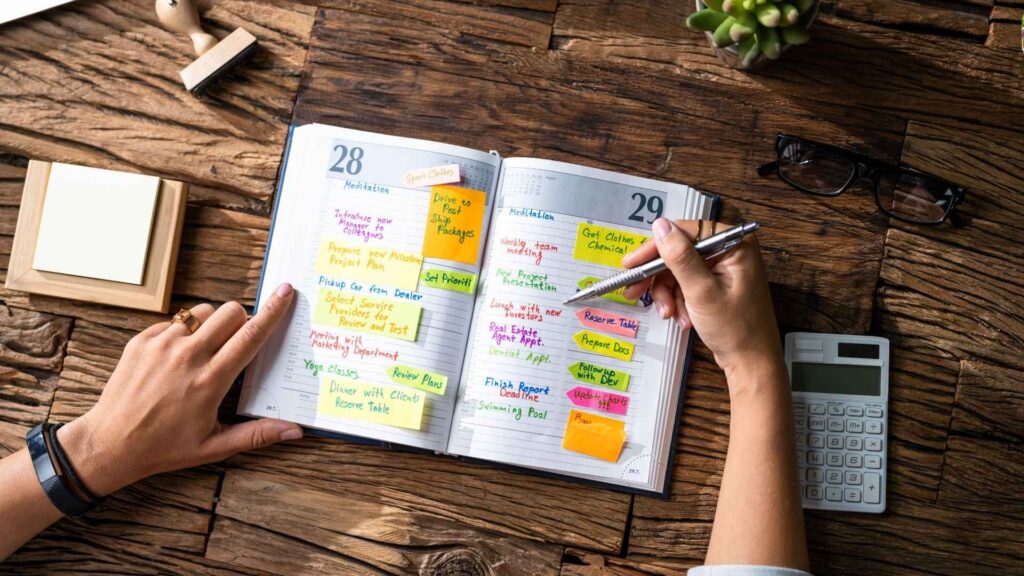Living with ADHD often feels like living with a mind that never stops moving. Thoughts race, emotions surge, and even simple daily routines can feel unpredictable. For many adults with ADHD, emotional regulation, self-awareness, and focus are daily challenges that require compassion and structure rather than willpower.
Journaling offers one of the most effective and accessible ways to manage ADHD symptoms, strengthen executive function, and build self-understanding. It’s not about writing perfectly—it’s about slowing down your mind long enough to listen to it.
Why Journaling Works for the ADHD Brain
ADHD journaling helps adults with ADHD recognize patterns, process emotions, and manage impulsive behaviors in a structured and effective way. Expressive writing gives your working memory a break while creating space for increased self-awareness and improved focus.
Here’s how journaling benefits adults living with ADHD:
- Improves executive function: Writing your thoughts out helps your brain organize them, making it easier to manage tasks and maintain focus.
- Encourages self-reflection: Seeing your emotions on paper builds awareness and promotes self-compassion.
- Supports emotional regulation: It reduces negative self-talk and helps you track emotional patterns over time.
- Reinforces personal growth: Each entry strengthens your ability to recognize progress and build self-esteem.
This simple journaling practice becomes a powerful tool for understanding ADHD traits, learning practical coping strategies, and improving emotional well-being through awareness rather than judgment.
5 ADHD Journaling Prompts for Self-Awareness and Regulation
Below are five structured prompts created specifically to help adults with ADHD reflect on emotional regulation, task management, and personal growth. You can use these prompts in your journaling routine—or pair them with your ADHD Bright planner to turn reflection into action.
After writing your answers, you can paste them into ChatGPT to go deeper. Ask follow-up questions like “What patterns do you notice?” or “Can you help me reframe this thought more positively?” to get personalized insight and reflection.
1. “How does my ADHD show up in my day today?”
This prompt helps you develop increased self-awareness about how ADHD affects your daily life.
Ask yourself:
- What ADHD traits were most noticeable today?
- Did I struggle with focus, impulsivity, or emotional regulation?
- When did my ADHD strengths shine through?
- How did my environment or energy affect my attention?
💡 After writing, paste your reflection into ChatGPT and ask: “What strengths do you see in how I handled my ADHD today?”
2. “What emotions am I carrying right now?”
Individuals with ADHD often experience intense emotions that come and go quickly. This prompt encourages emotional self-reflection and helps identify what’s beneath the surface.
Try writing about:
- What emotion feels strongest right now?
- Where do I feel it in my body?
- What might have triggered it?
- How can I support my emotional well-being in this moment (deep breathing, movement, quiet rest)?
💡 Then paste your journal entry into ChatGPT and ask: “Can you help me understand what this emotion might be trying to tell me?”
3. “What tasks feel bigger than they are?”
One of the most common ADHD challenges is task paralysis—the brain’s tendency to turn small responsibilities into massive emotional hurdles.
Ask yourself:
- Which task have I been avoiding, and why?
- What story am I telling myself about this task?
- Can I break it into smaller steps or add visual elements to make it feel more doable?
- How will completing it improve my mental health and overall well-being?
💡 Paste your reflection into ChatGPT and ask: “Can you suggest a small first step for this task?”
4. “When did I feel most present and focused this week?”
This prompt builds awareness around what helps you maintain focus and manage ADHD effectively.
Ask yourself:
- What was I doing when I felt focused?
- What factors supported that focus—time of day, environment, or mindset?
- How can I recreate that in my daily routine?
💡 Then paste your answer into ChatGPT and ask: “Can you help me identify what might be supporting my executive function here?”
5. “How can I show myself compassion right now?”
ADHD often comes with perfectionism and harsh self-criticism. This prompt builds self-awareness and self-compassion—core elements of emotional regulation.
Reflect on:
- What would I say to a friend who felt the way I do?
- What do I need right now: rest, structure, or kindness?
- How can I honor my ADHD brain today rather than fight it?
💡 Paste your reflection into ChatGPT and ask: “Can you help me reframe my self-talk with more compassion?”
How to Turn Reflection Into a Daily Practice
ADHD journaling doesn’t have to be complicated. You can build a consistent journaling routine by:
- Writing for five minutes a day. Short, regular journaling helps manage ADHD symptoms and track progress without burnout.
- Pairing it with your planner. Use your journal entries to guide your ADHD task management and daily life planning.
- Incorporating visuals. Draw, color, or add sticky notes to make journaling more ADHD-friendly.
- Reviewing weekly. Look back to recognize patterns, progress, and achievements—this strengthens self-awareness and motivation.
Journaling offers adults with ADHD a structured and effective way to connect with themselves, manage tasks, and build emotional balance. Over time, this regular journaling habit becomes a valuable tool for self-regulation and long-term mental health.
The ADHD Bright Approach: CBT-Based Reflection Prompts
Inside the ADHD Bright planner, you’ll find 12 guided ADHD journaling prompts based on Cognitive Behavioral Therapy (CBT). These prompts are designed to help adults with ADHD connect self-awareness with action. They focus on reframing thoughts, regulating emotions, and strengthening executive function—all key to managing ADHD symptoms in daily life.
Each CBT-based prompt helps you identify thought patterns, regulate emotions, and transform self-reflection into growth. They integrate seamlessly into your planner’s reflection pages, so you can combine journaling with planning, task management, and personal achievement.

If you’ve ever wanted to manage ADHD symptoms with more clarity, compassion, and structure, the ADHD Bright planner brings everything together in one system—a visual, science-backed framework that supports both productivity and emotional well-being.




